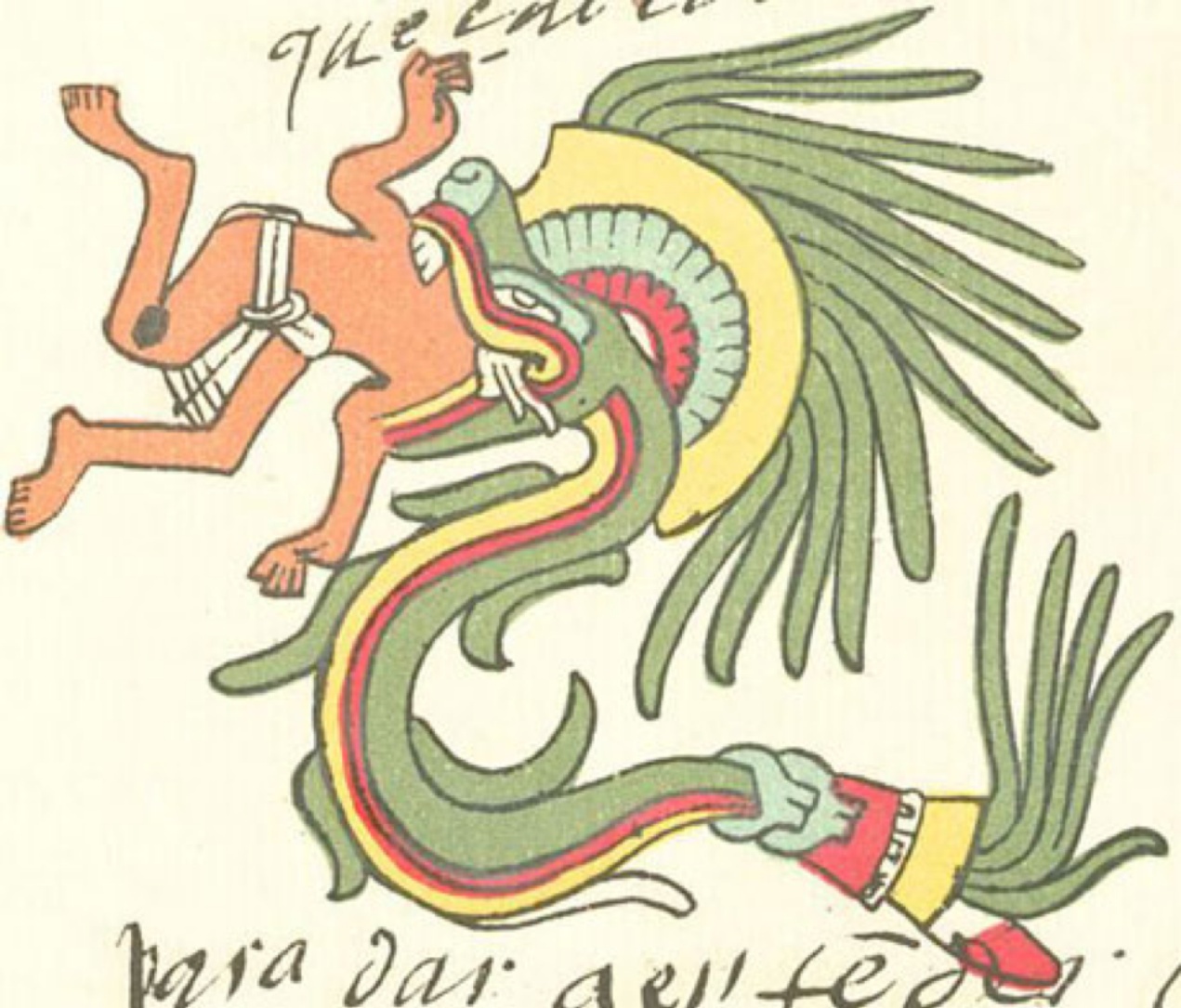The Yacumama is a large snake, up to 60 meters in length, that is said to inhabit the Amazon river basin. Local shamans say that the Yacumama travels to an area called the Boiling river. In the local legends, the Yacumama is said to be the mother of all marine life, it has the ability to suck up any living thing that passed within 100 paces. The locals would blow on a conch horn before entering the river, believing after hearing the noise, the serpent would reveal itself if it was within the area.

The legend of Yacumama
The Yacumama is one of the most legendary monsters that exists in the Amazon forests, in South America. This legend is heard in Paraguay, Argentina and Brazil, and in all these places, people know Yacumama as the protector of the water and that no one can escape her.

The indigenous people have witnessed her presence, these men gave incredible testimonies of the Yacumama devouring its prey, and manifest that it spits out giant splashes of water and so takes down its victims. Many fishermen with everything and their Vessels have disappeared and others say they heard a noise shivering after its disappearance; and indeed is the Yacumama satisfied with its prey.
Sightings
In the 1900s, a boat of 2 men went to put an explosive into the river, in hopes to kill the Yacumama. After it detonated, the snake rose from the river covered in blood, but not dead. The snake swam off, and left the men with a lot of fear.
Titanoboa – a possible explanations

Some people believe this creature to be the extinct snake known as titanoboa, a snake that grew around 12 meters, and some scientists speculate that it may have grew larger.
Scientists also believe that this snake may have been venomous. This theory is supported by the fact that the fossils of this creature have been found with holes in them, which could have only been caused by a poisonous bite.
Due to its size, it is likely that titanoboa was an apex predator. Its diet likely consisted of whatever creatures were large enough to sustain it, such as rodents, birds, and small mammals. Research has also suggested that Titanoboa may have been an aquatic snake, and that its fossils were only found in waterlogged areas.




